As a Northwest native herbaceous groundcover, Vanilla Leaf is best known for the vanilla smell of its dried leaves during the winter. It is also known as Deer’s Foot. Vanilla Leaf grows all along the west coast, from northern California well up into British Columbia. Reaching to a height of 1’, it spreads out though underground rhizomes to form a dense under-story to native trees and shrubs. Each leaf consists of 3 horizontally-oriented leaflets which have scalloped edges. Leaflets can have either finely and sharply toothed or bluntly tipped lobes. Description from wsu.edu
Home > Plant Guide >
Scientific Name
Family
Garden Type
Wildlife
Native Plant Region
Light needs
Water Needs
Plant Type
Bloom Color(s)
Height
Width
Months in Bloom
Safe Beneath Power Lines?
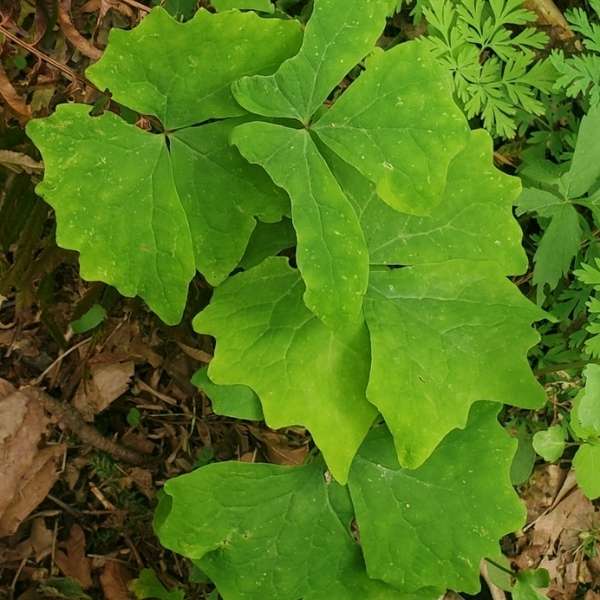
We’d like to maintain accurate and robust plant listings. If you see information that is not correct or that could be added to improve the listing, please let us know. Or if you’d like to suggest a plant to add to our plant guide, you can use this form do so. Thank you!
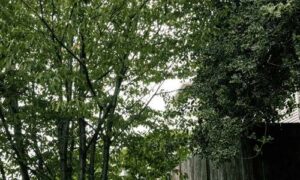
The plants, animals, fungi, microbes, and other natural features that make up “urban habitat” are important to the character, function, and livability of cities.
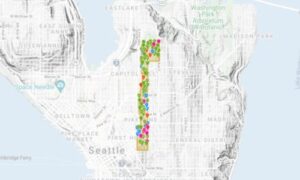
Get involved by sharing and mapping the birds, animals and nature around you to help the community understand the biodiversity in our neighborhood.
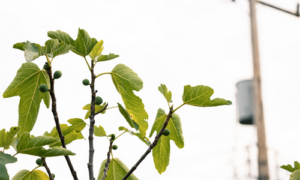
Learn about the diversity in pigeon populations in the United States and the implications of this variability on the species.
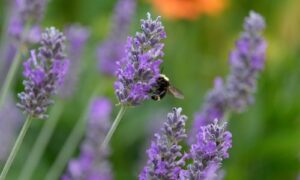
Check out our list of local wildlife-supporting plant stores and nurseries, organizations, and community science opportunities.
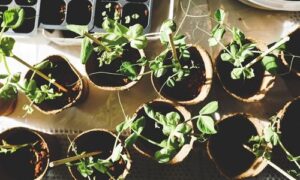
Gardeners can check out seeds for free from the library to plant. Then after harvest, gardeners bring seeds back to the library for others to enjoy in future growing seasons.
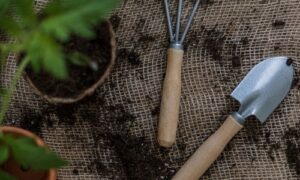
New types of vegetation can attract additional wildlife to an area. You might be surprised how a little green can go a long way!
Nature of Your Neighborhood is a collaboration between Birds Connect Seattle, the Capitol Hill EcoDistrict, and the Seattle Bird Conservation Partnership. Our goal is to foster relationships between the people and the nature of their neighborhoods.